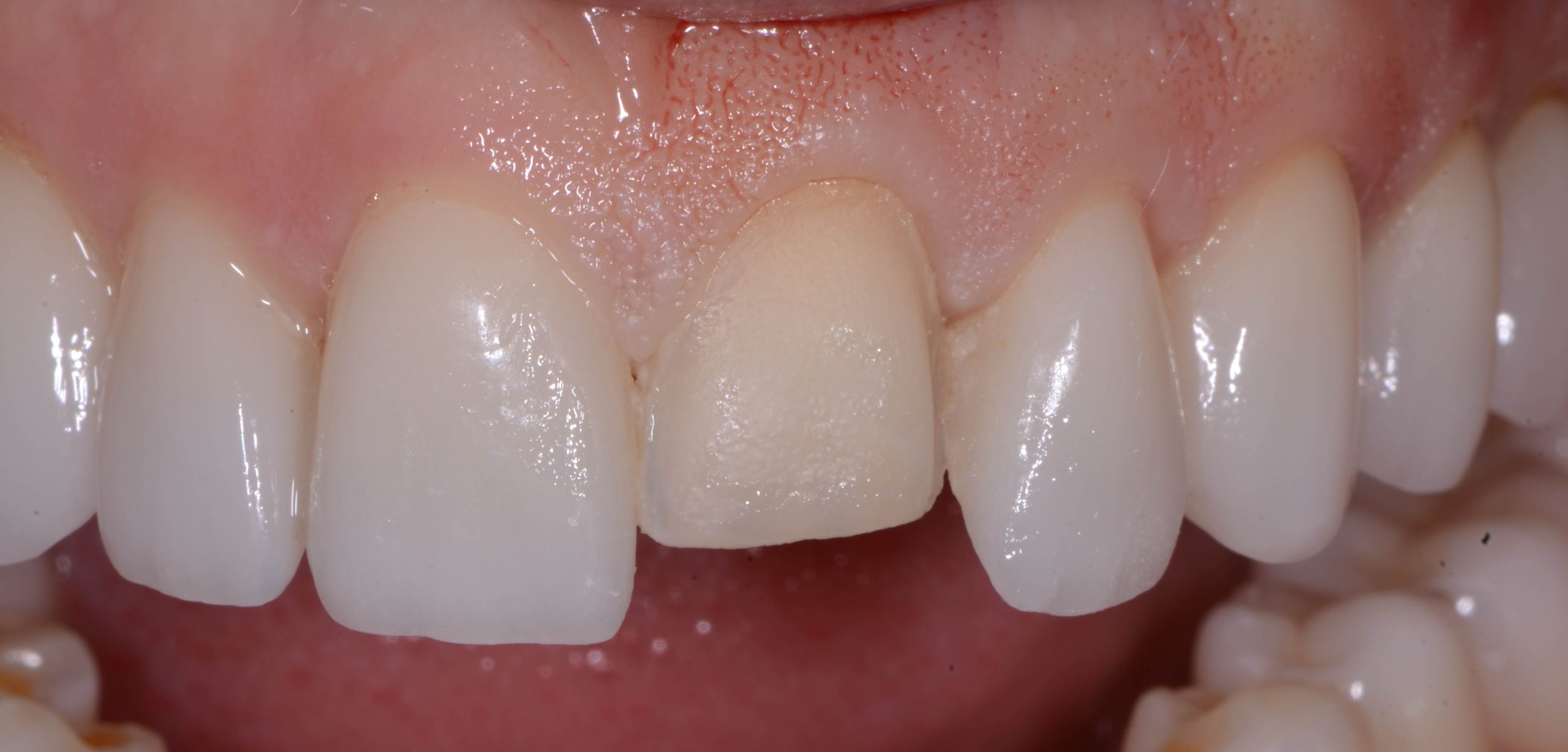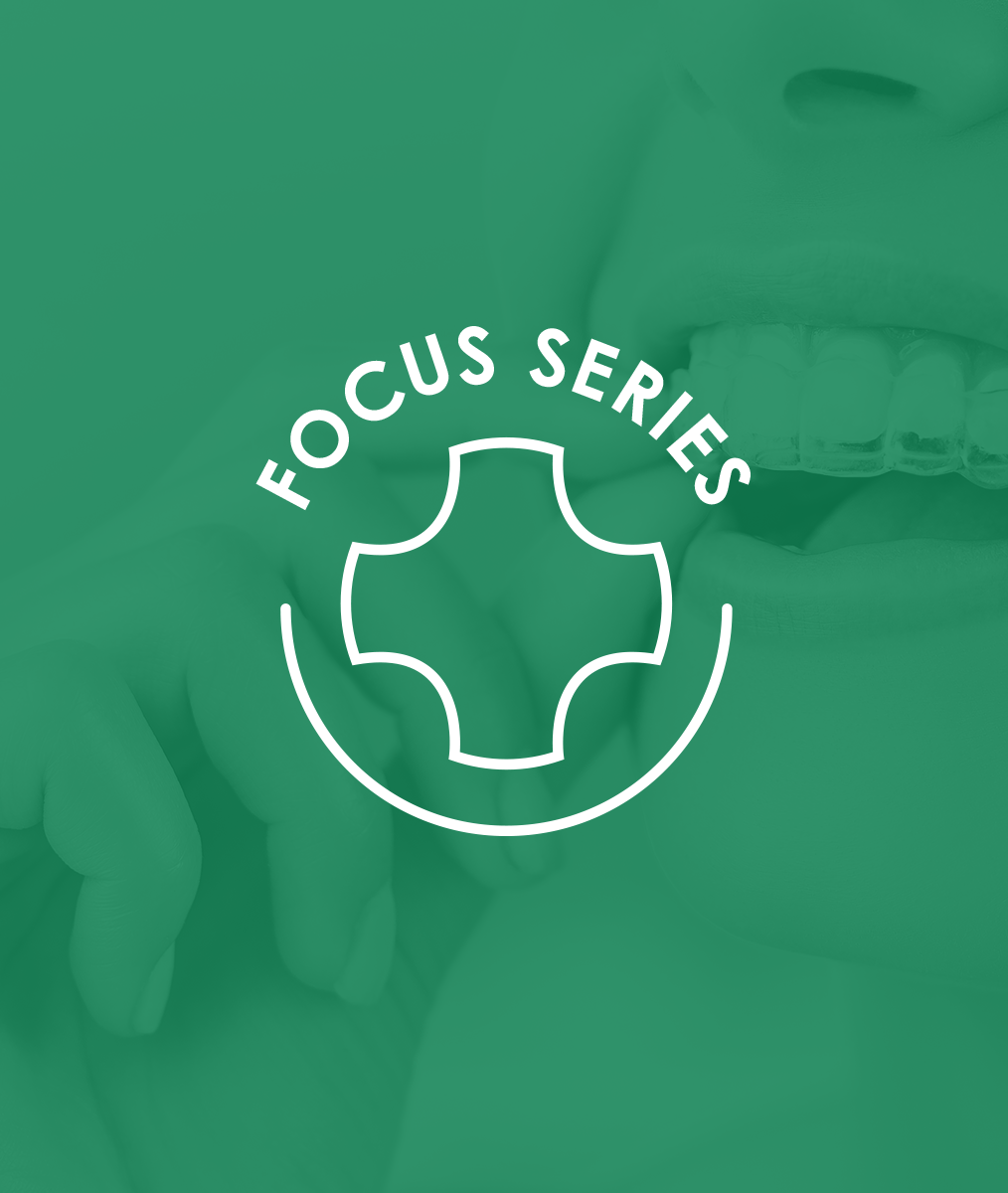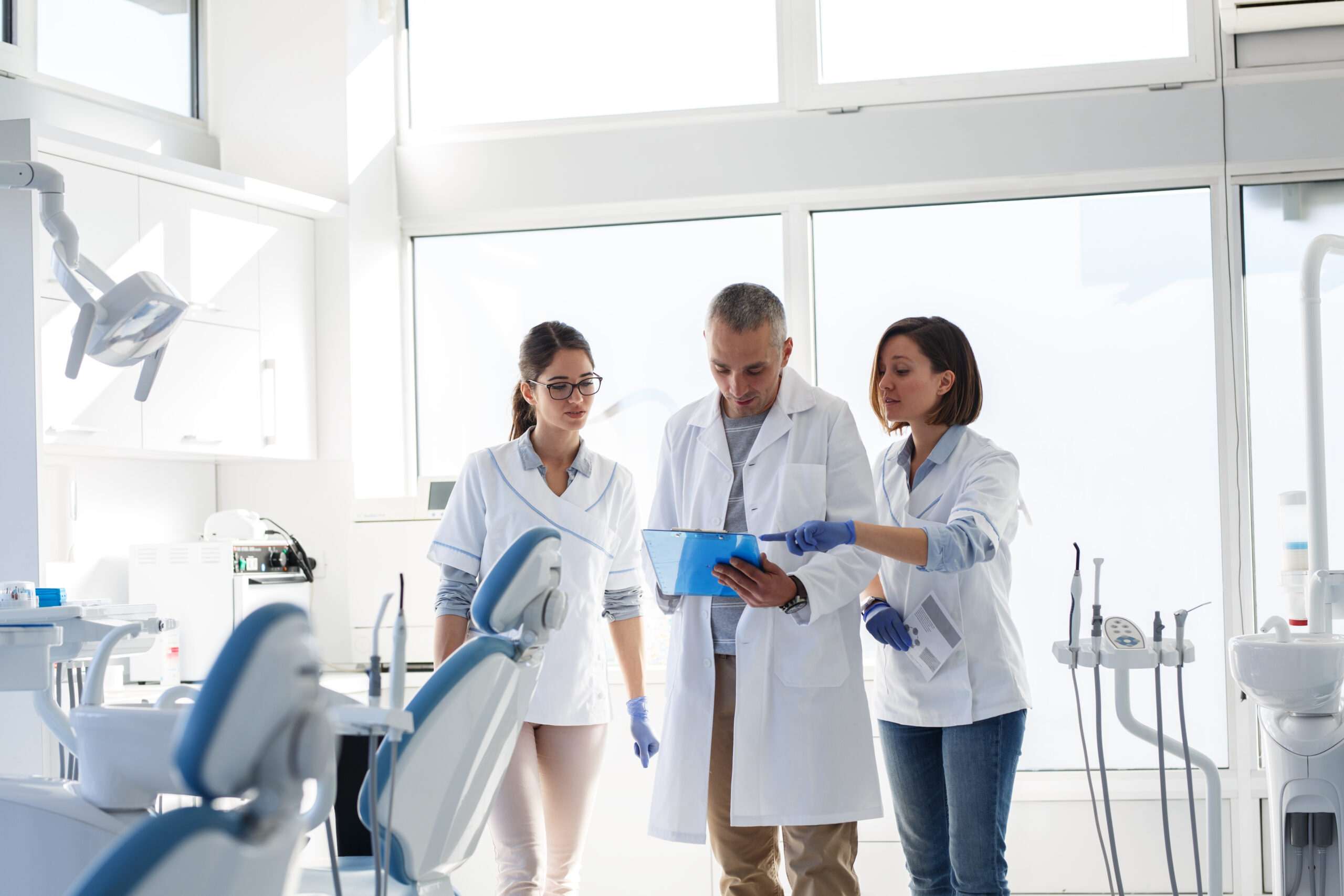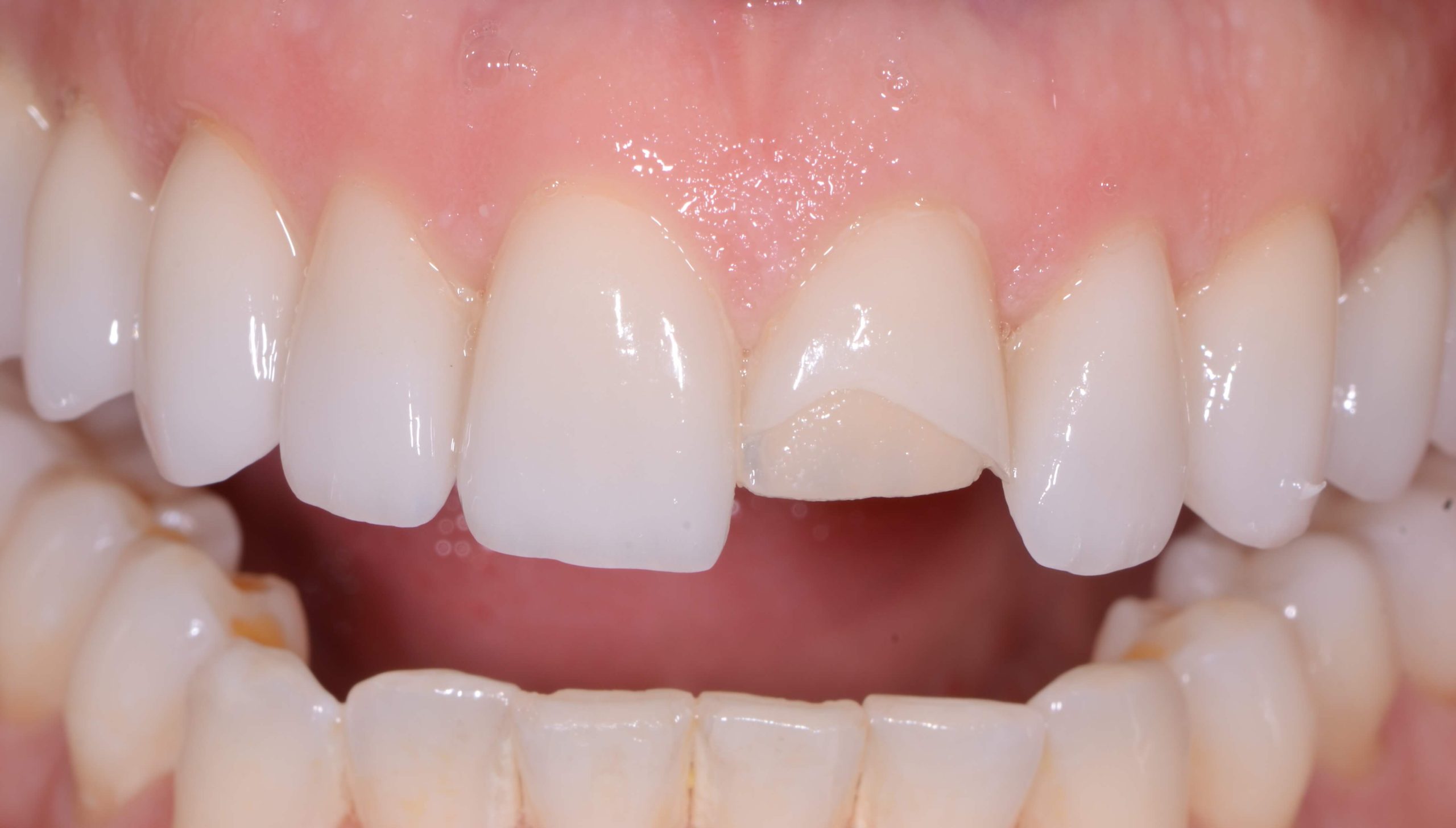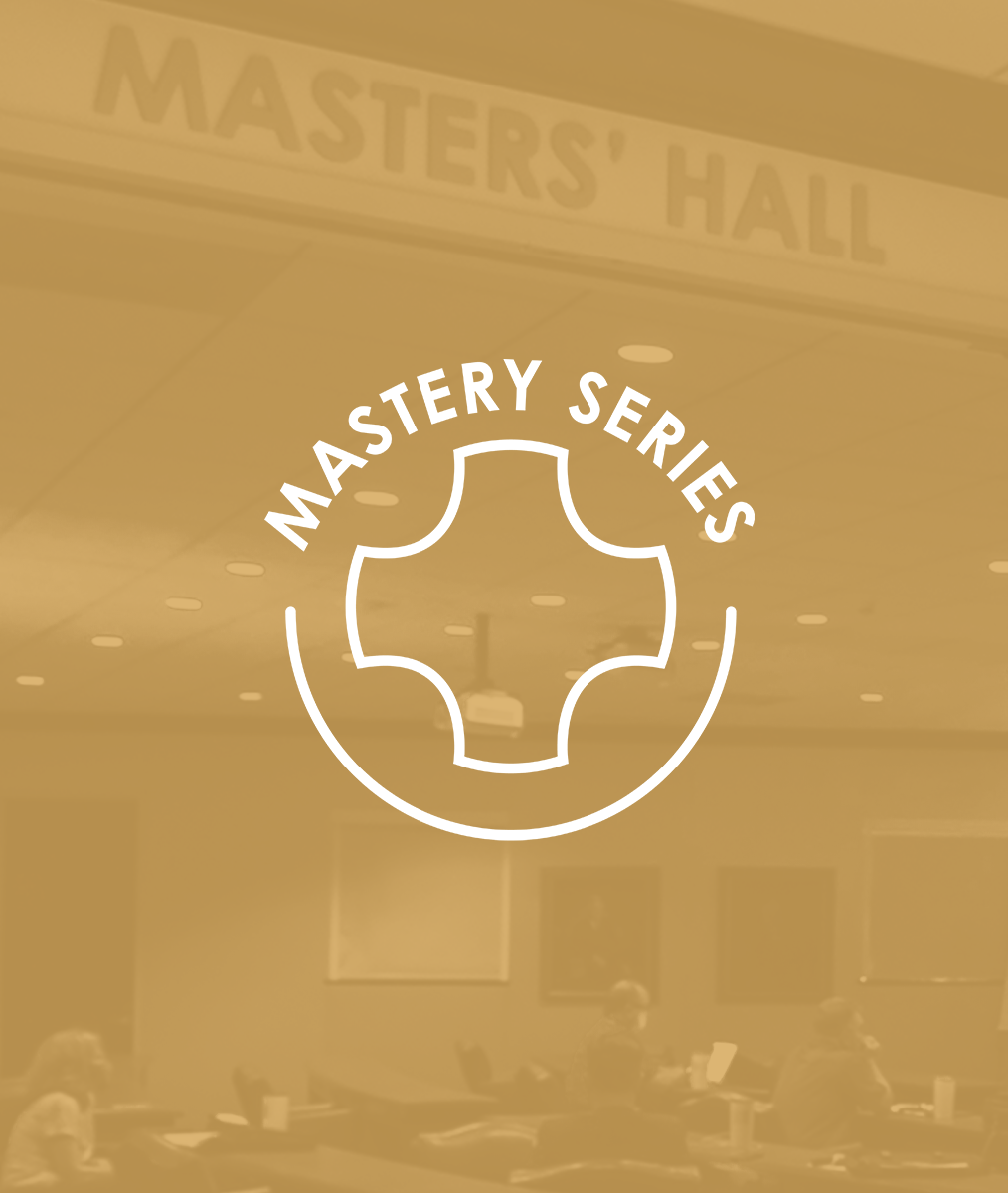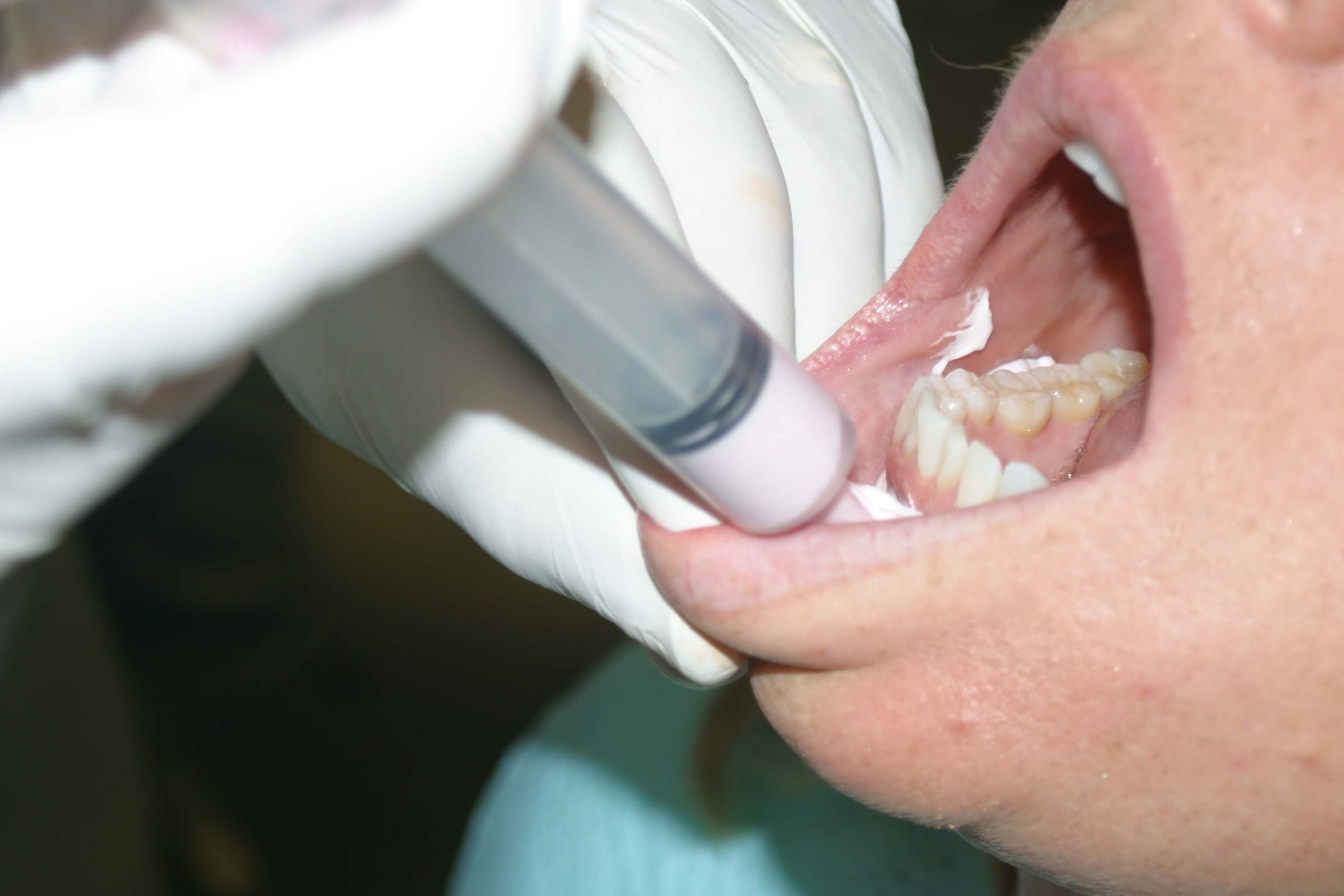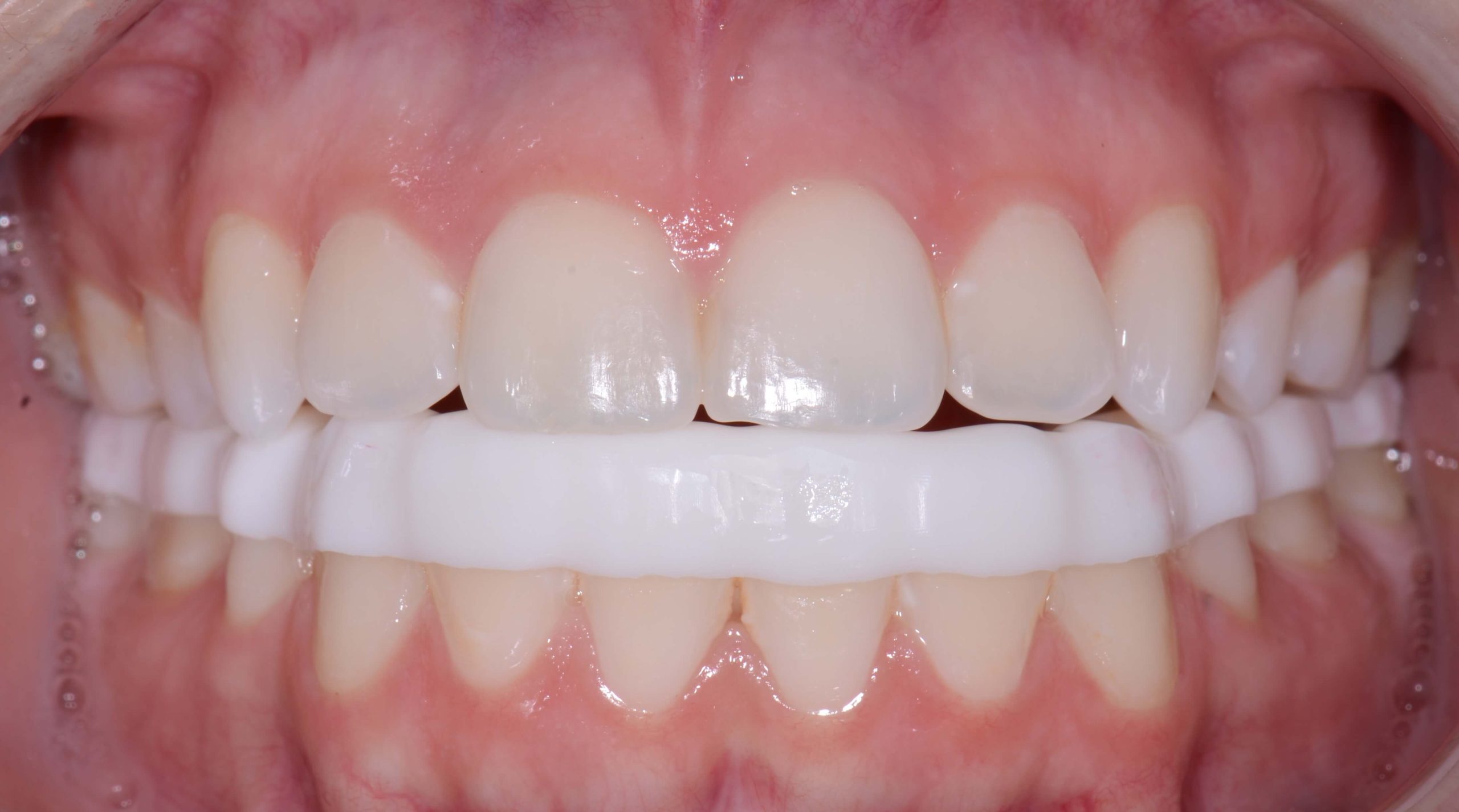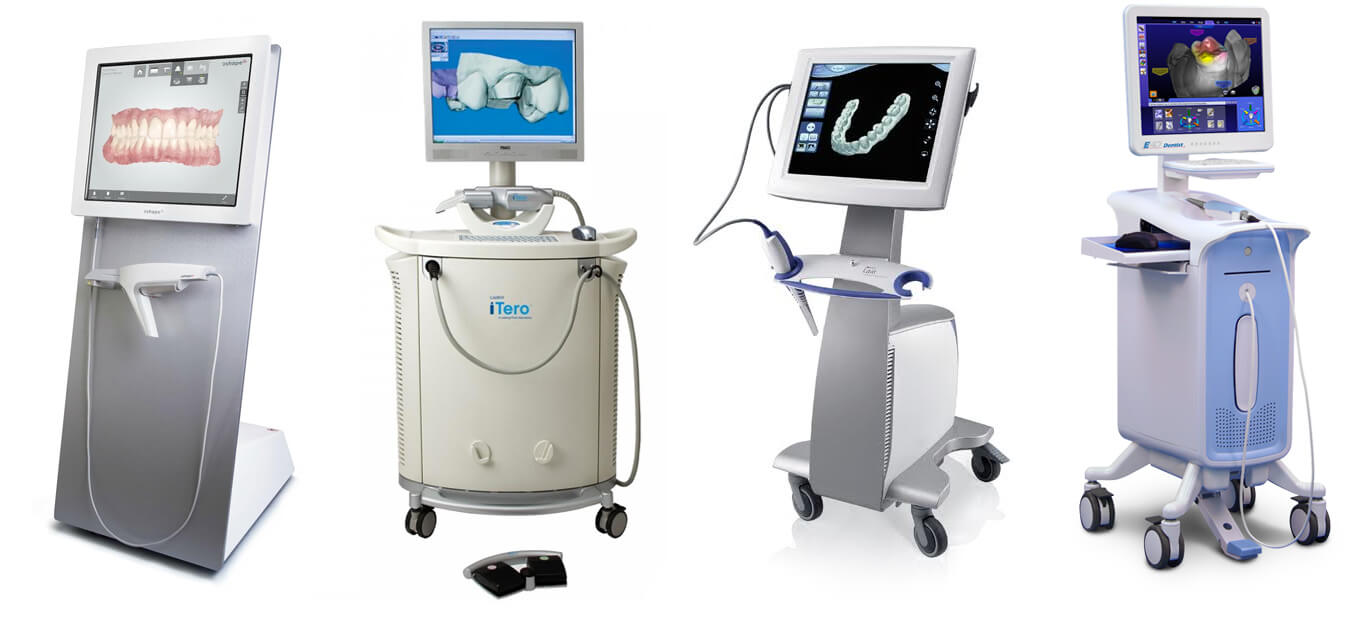When Ceramic Debonds: Part 2
Click Here for When Ceramic Debonds: Part 1
A Methodical Process for Examining the Frustrating Reasons Behind Why
One of the most disheartening and emotionally upsetting situations is when a ceramic restoration debonds. Our ability to act constructively in the moment is key to our future case success.
In Part 1 of this series, I explained why it’s important to acknowledge your frustration without letting it control you. I also outlined the beginning of a methodical thought process that will help you figure out why ceramic debonds.
The following steps assume you’ve already looked at the resin and determined if the ceramic was prepared, cleaned, or conditioned properly.
Completing Your Investigative Process When Ceramic Debonds
You have a different set of explanations for what happened if all of the resin cement is on the ceramic and the tooth is clean.
Clean the tooth thoroughly to remove all trace of the temporary cement. The issue may have occurred when the enamel and dentin were etched, regardless of whether you used a total etch or a self etch technique.
Next, ask yourself about the amount of enamel you have versus the amount of dentin. This involves taking a second look at the prep, because secondary dentin can be quite problematic when bonding.
Another area you may need to reconsider is your technique for dentin adhesive. Did you accurately follow the steps? Could poor isolation have led to a contaminated tooth during the process?
Lastly, sometimes there is some resin on the tooth and some on the ceramic. In this case when resin is in both places, you can benefit from rethinking the occlusal forces on the tooth and the functional design. Your patient may have higher functional risk or you might have lacked complete precision while adjusting the final occlusion. A good clue that you’ll find resin on the tooth and the ceramic is if it fails under load.
You can better target your problem solving and decrease the risk of the same technical issue recurring in the future by identifying where the resin is located. Follow the thought process in this series and you’re well on your way to smoother cases.
How do you respond when ceramic debonds? Please let us know your thoughts in the comments!
Related Course
Utilizing Clear Aligner Therapy in a Digital Workflow
DATE: September 26 2024 @ 6:00 pm - September 28 2024 @ 2:00 pmLocation: The Pankey Institute
CE HOURS: 0
Dentist Tuition: $ 1695
Single Occupancy with Ensuite Private Bath (per night): $ 290
Enhance Restorative Outcomes This one-and-a-half-day course is designed for Invisalign providers who want to improve restorative outcomes with clear aligner therapy. The course focuses on the digital workflow for comprehensive…
Learn More>
